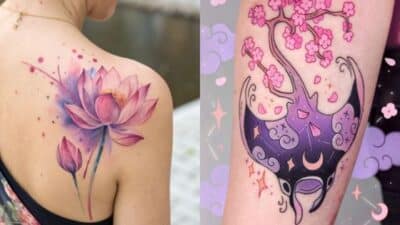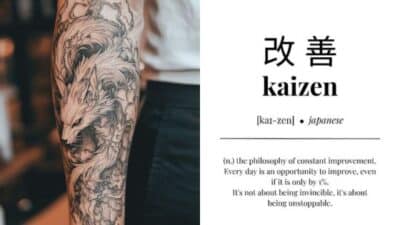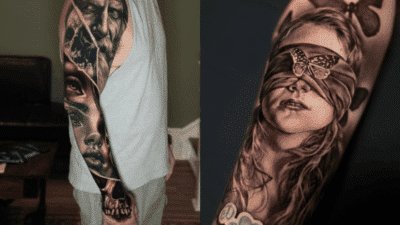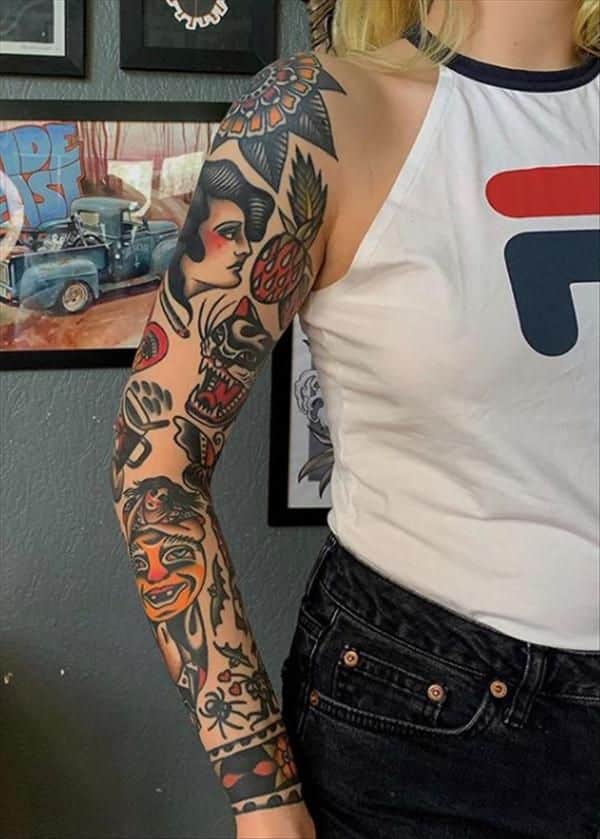
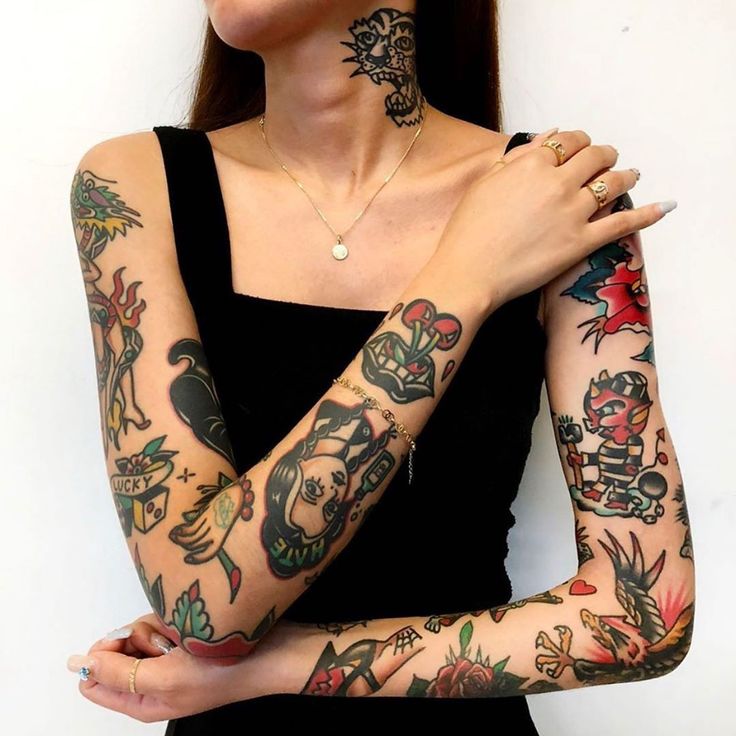
There’s something undeniably captivating about a classic. Think of a vintage motorcycle, a well-worn leather jacket, or a timeless rock ‘n’ roll anthem. They carry a certain weight, a history, a statement that cuts through fleeting trends. In the world of body art, this enduring appeal finds its perfect embodiment in american traditional tattoos. These aren’t just pictures on skin; they’re living pieces of history, bold declarations, and symbols steeped in a rich, working-class lore.
From their unmistakable thick outlines and vibrant, limited color palettes to their iconic imagery, American traditional tattoos have carved out a permanent place in cultural iconography. They speak of adventure, resilience, love, loss, and rebellion. Whether you call them “old school,” “traditional,” or “classic American,” their charm is anything but dated. They represent a bedrock style, a foundation upon which countless other tattoo genres have built themselves. This article will dive deep into what makes these tattoos so special, exploring their fascinating origins, deciphering their powerful symbolism, and understanding why, even today, they continue to capture hearts and skin across generations. Get ready to uncover the bold and timeless charm that defines this beloved art form.
Tracing the Inked Line: The Roots of American Traditional Tattoos
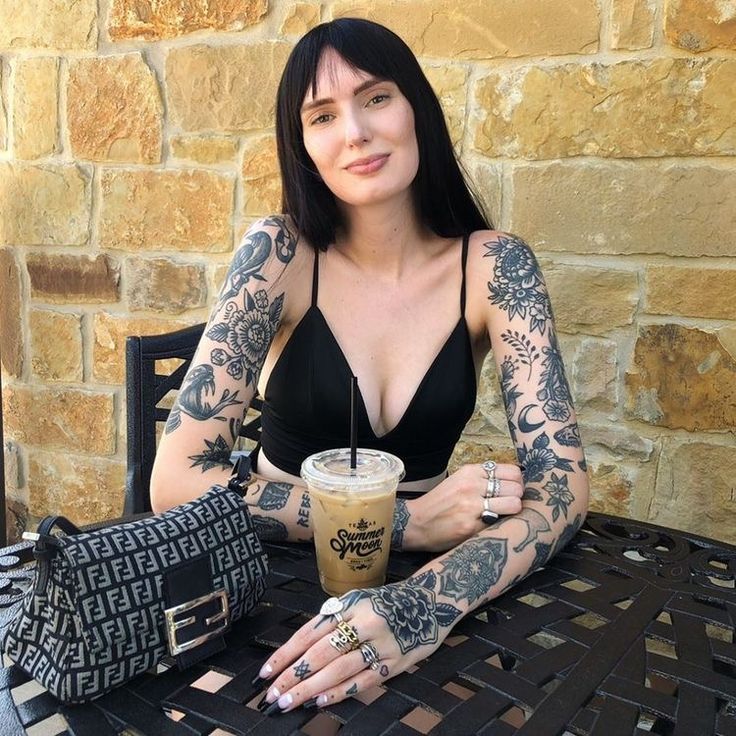
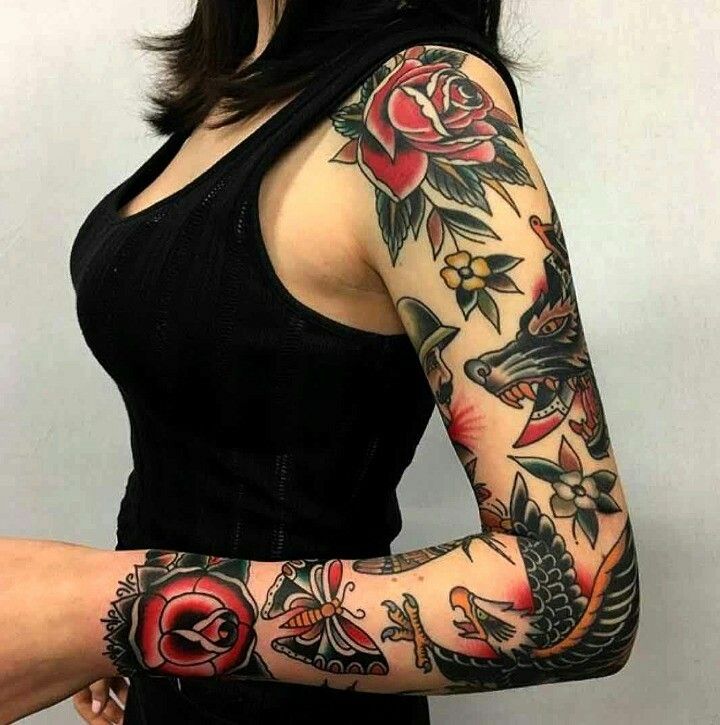
To truly appreciate American traditional tattoos, we need to journey back in time, to smoky port towns and bustling city streets where this art form first took root. It wasn’t born in pristine galleries but in gritty tattoo parlors, often near docks and military bases. The style we recognize today is largely a product of American maritime culture and military service from the late 19th to mid-20th centuries.
Sailors were arguably the first great canvases for this burgeoning art. For men who spent months at sea, tattoos were more than decoration; they were personal narratives, talismans, and identification. A swallow tattoo, for instance, often meant the wearer had sailed 5,000 nautical miles, promising a safe return home. Anchors symbolized stability and a connection to the sea, while a pig and rooster on the feet were thought to prevent drowning. These symbols offered comfort, pride, and a sense of belonging in a tough, transient life.
As sailing gave way to more mechanized forms of transport, and as America entered major conflicts like World War I and II, the military became another massive influence. Soldiers and marines adopted tattoos as symbols of patriotism, camaraderie, and sometimes, a grim acknowledgement of mortality. Flags, eagles, pin-up girls (often representing sweethearts back home), and unit insignia became common sights. These designs were often simple, easy to tattoo quickly, and instantly recognizable.
The artists who pioneered and popularized this style were true legends. Names like “Sailor Jerry” Collins, Lyle Tuttle, and Ed Hardy are synonymous with American traditional. Norman Keith Collins, better known as Sailor Jerry, is arguably the most influential figure. Based in Hawaii, a major military hub, Jerry refined the style, developing his own vibrant pigments, sterilizing his equipment (a big deal at the time!), and pushing the boundaries of design. His distinctive flash sheets—pre-drawn designs displayed for clients to choose from—became the blueprint for countless tattoos. He blended Japanese tattoo influences with classic American motifs, creating a hybrid that was both exotic and distinctly American.
His apprentices and contemporaries carried the torch, establishing parlors in cities across the US, from San Francisco to New York. They shared techniques, designs, and a fierce dedication to the craft. This era laid the groundwork for the enduring appeal of traditional tattooing, solidifying its aesthetic and cultural significance for generations to come.
The Signature Style: What Makes a Tattoo “American Traditional”?

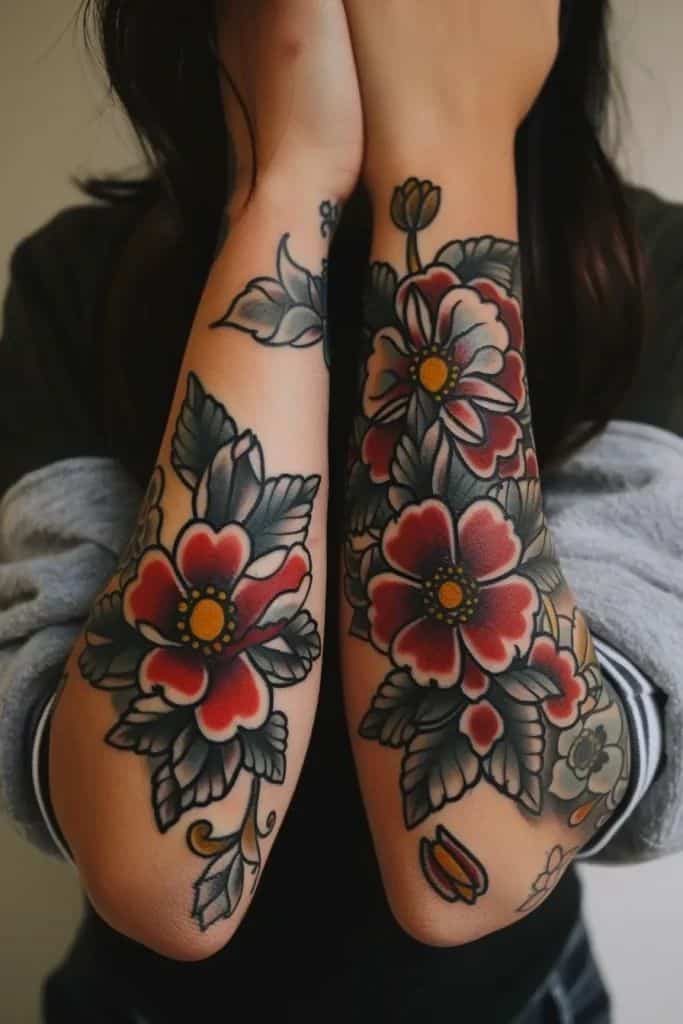
You can spot an American traditional tattoo from a mile away. It possesses a visual language that’s distinct and instantly recognizable. This isn’t by accident; it’s a result of specific artistic choices that developed out of necessity and evolved into a beloved aesthetic.
At its core, the defining characteristic is the bold black outline. This isn’t just an artistic preference; it’s a functional one. In the early days of tattooing, machines were less sophisticated, and pigments could fade faster. A thick, dark outline ensured the tattoo would stand the test of time, remaining legible and impactful even as colors softened. It gives each design a powerful graphic quality, making it pop off the skin.
Next, consider the limited color palette. While modern tattoos boast an endless spectrum, traditional tattoos typically stick to a handful of core colors:
- Red: Often a vibrant, primary red, used for hearts, roses, banners, or blood.
- Yellow: A rich, sunny yellow, frequently seen in eagles’ beaks, stars, or flames.
- Green: Usually a deep, grass green for leaves, snakes, or military motifs.
- Blue: A classic navy or sky blue, for water, skies, or specific details.
- Black: Not just for outlines, but also for shading and filling larger areas, providing depth and contrast.
This restricted palette isn’t a limitation; it’s a strength. It forces the artist to be clever with color placement and saturation, resulting in designs that are vibrant, clear, and visually punchy. It also contributes to the style’s timelessness, as these classic colors rarely go out of fashion.
Another key feature is the two-dimensional appearance. American traditional tattoos generally lack the complex shading and perspective found in realism or neo-traditional styles. They embrace a flat, illustrative quality, often with minimal, stark shading (like whip shading or stipple shading) to add texture and form without losing that iconic graphic punch. This makes the designs feel like dynamic drawings rendered directly onto the skin.
Finally, the iconic imagery itself is a huge part of the style. We’ll delve deeper into specific symbols, but generally, traditional tattoos feature easily identifiable, often archetypal designs. They don’t rely on hyper-realistic details but on strong, recognizable forms that convey meaning at a glance. Think of a simple, bold rose or a fierce eagle—they’re clear, direct, and carry universal significance.
These elements combine to create a style that is not only visually striking but also incredibly durable. A well-executed American traditional tattoo will age gracefully, holding its integrity and legibility for decades, a testament to its robust design principles.
Decoding the Canvas: Iconic Motifs and Their Deep Meanings
One of the most compelling aspects of American traditional tattoos is the rich tapestry of symbolism woven into each design. These aren’t just pretty pictures; they’re stories, beliefs, and declarations etched onto the skin. The motifs are often universal, but their traditional interpretation adds layers of historical context and personal resonance. Let’s explore some of the most enduring symbols:
The Majestic Eagle
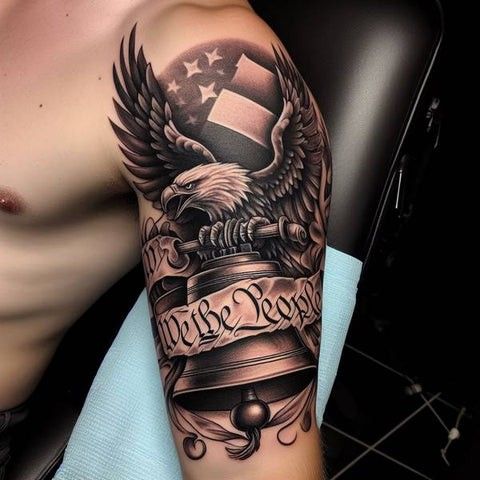
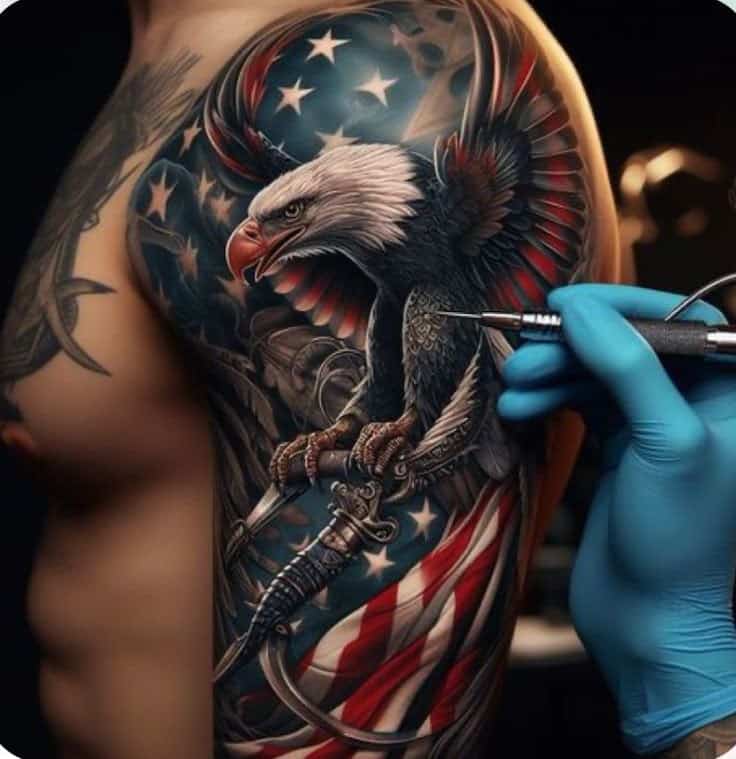
Few symbols scream “America!” quite like the eagle. In traditional tattooing, the eagle is a powerful emblem of freedom, honor, and patriotism. Often depicted with outstretched wings, clutching a banner, or even a snake (representing evil or tyranny), it embodies strength, courage, and a fierce independent spirit. It was a favorite among military personnel, symbolizing allegiance and bravery.
Anchors and Swallows: Nautical Navigators
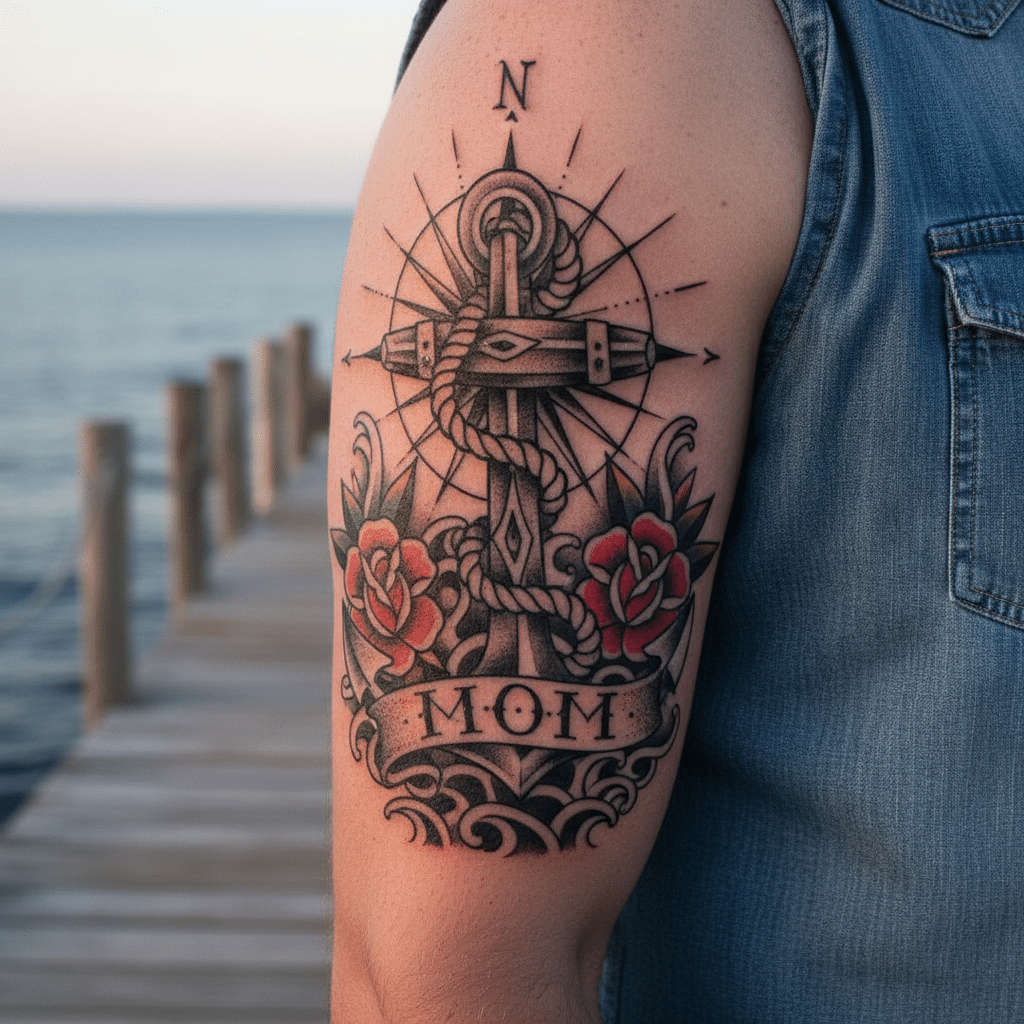
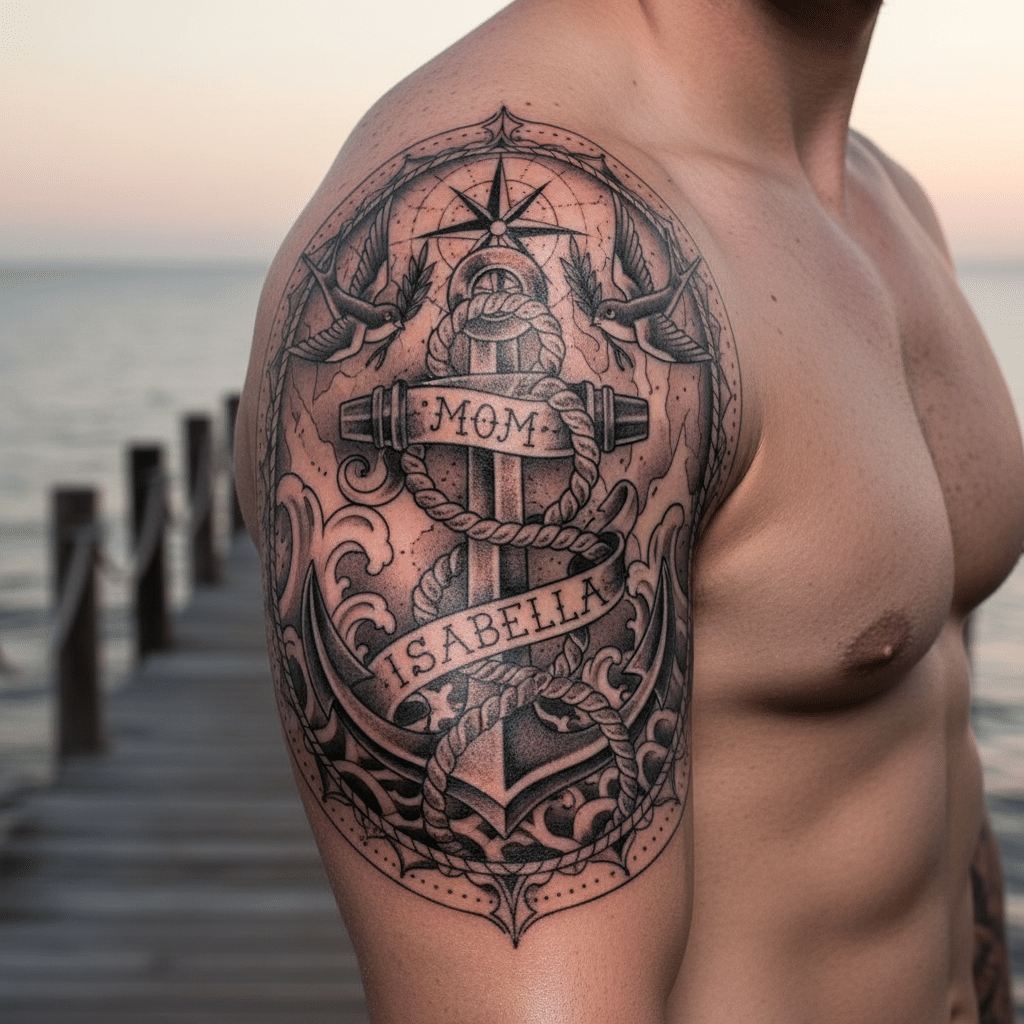
These symbols are steeped in maritime lore. An anchor represents stability, hope, and a steadfast nature. For sailors, it symbolized a connection to home and a safe return. Often paired with a loved one’s name or the word “Mom,” it signifies grounding and security.
Swallows are even more intricate. Historically, a sailor would get one swallow after sailing 5,000 nautical miles, and another after 10,000. They were believed to guide a sailor home, as swallows always return to the same nest. They also symbolize loyalty, freedom, and the journey of life.
Hearts, Roses, and Daggers: Love, Loss, and Loyalty
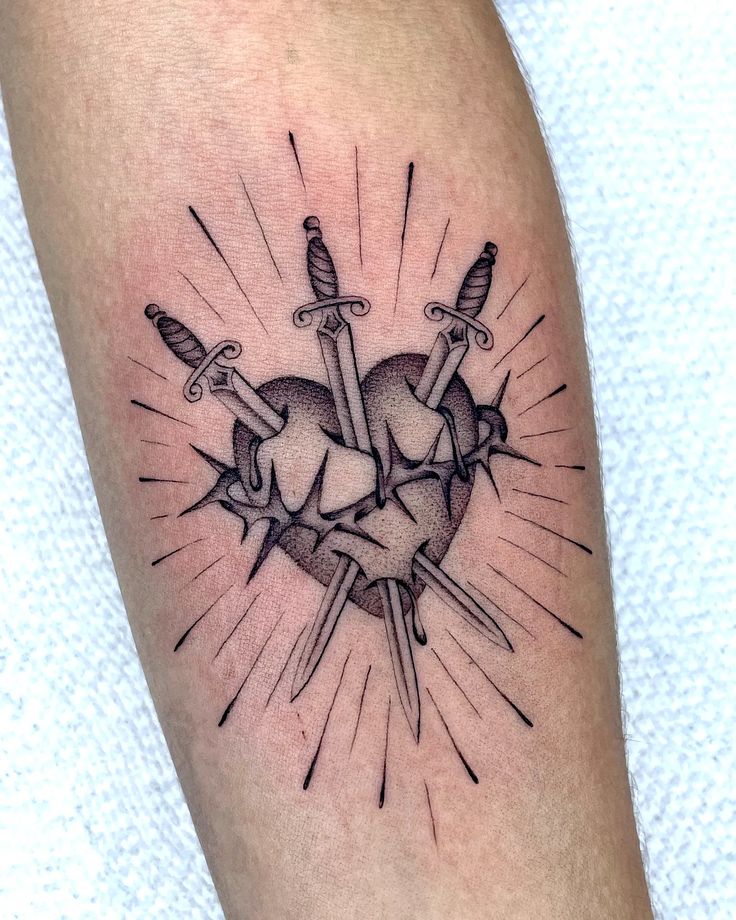
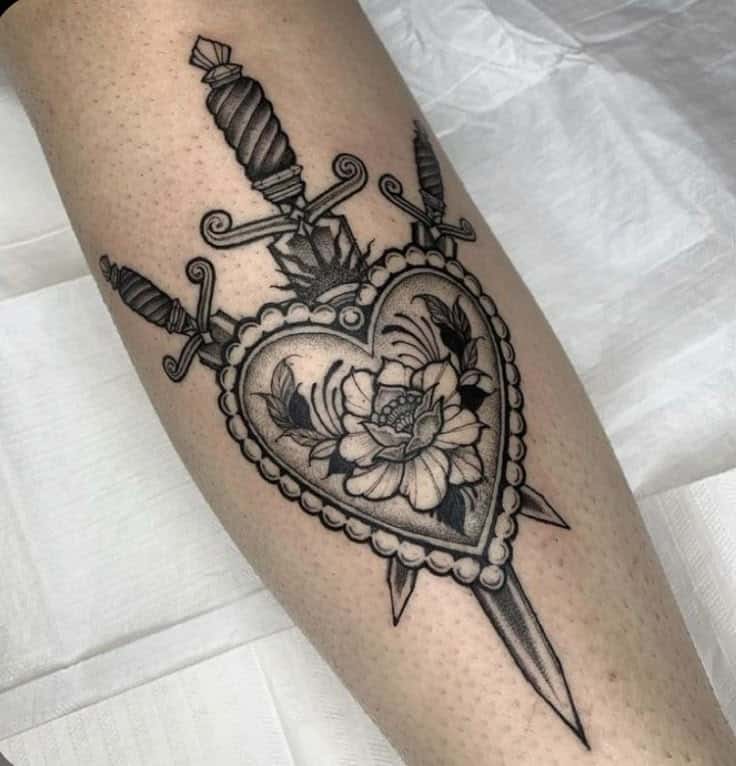
The heart is, of course, a universal symbol of love, passion, and affection. In traditional tattoos, it’s often depicted with a banner bearing a name, “Mom,” or “True Love.” It can be pierced by a dagger, symbolizing heartbreak, or adorned with flames, representing burning passion.
The rose is another classic, signifying beauty, love, and new beginnings. Its thorns can represent defense or the pain that comes with love. Different colors can also add nuance: red for passion, yellow for friendship, and so on. A traditional rose is often bold and simplified, yet instantly recognizable. For those seeking tattoo designs for women, a rose is a timeless and versatile choice.
A dagger is a symbol of protection, sacrifice, and justice. When combined with a heart, it can represent betrayal or a love so strong it can pierce. Alone, it speaks to courage and a readiness to fight.
Pin-Up Girls: Glamour and Remembrance

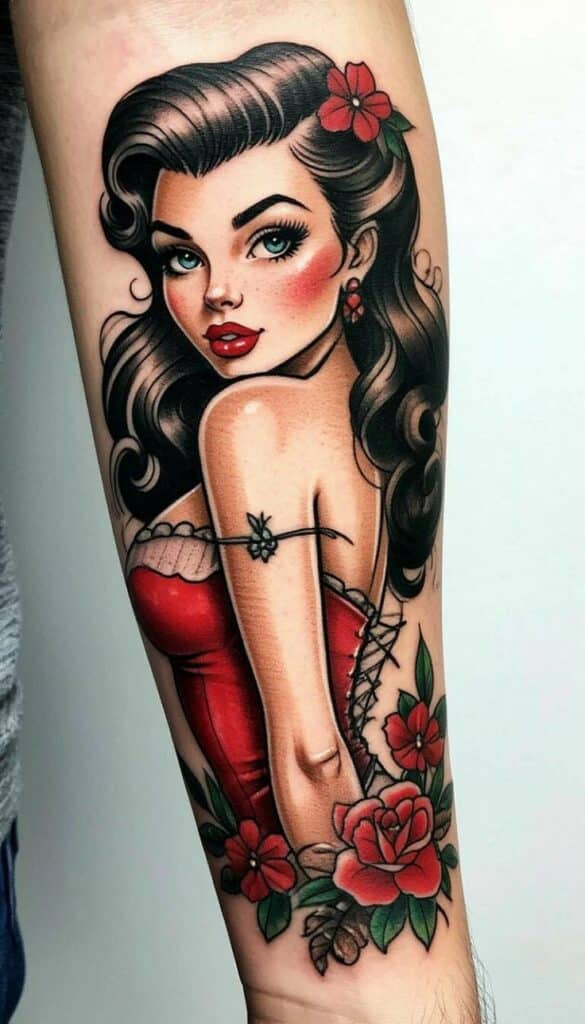
The classic pin-up girl embodies beauty, allure, and often, a connection to home. These voluptuous figures, frequently in suggestive poses, were a morale booster for servicemen far from home. They represented the ideal woman, a fantasy, or a beloved wife/girlfriend, offering a glimpse of normalcy and comfort amidst the chaos of war. Each arm tattoo for women featuring a pin-up tells a unique story of beauty and strength.
Panthers and Snakes: Power and Transformation
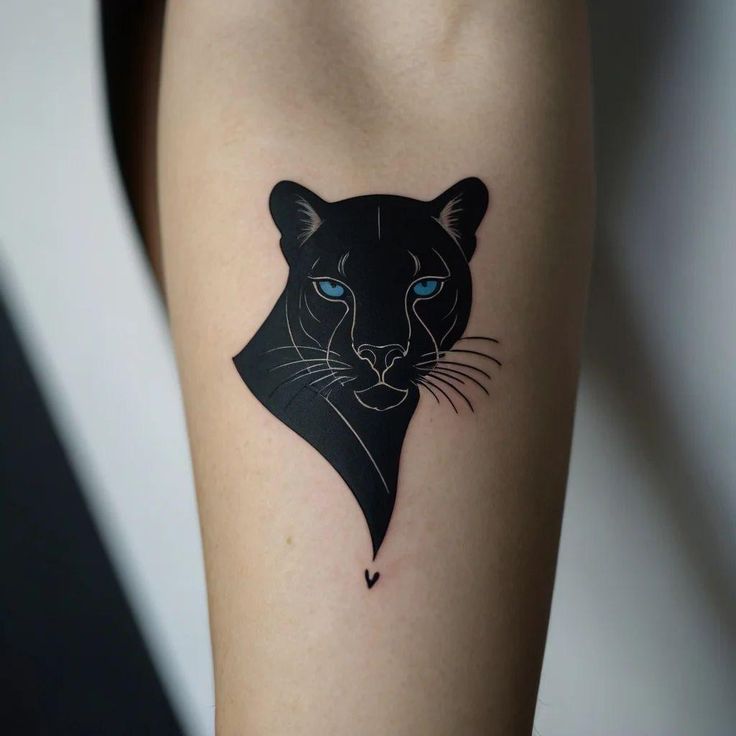
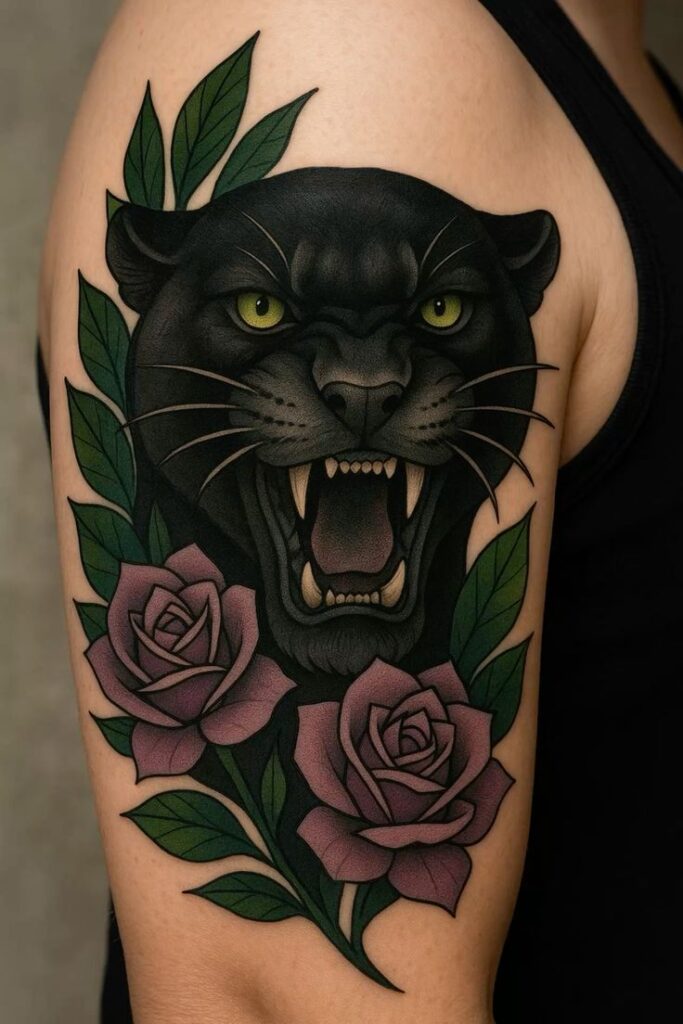
The panther is a fierce symbol of power, cunning, and masculinity. Often depicted mid-leap or snarling, it represents strength, protection, and a wild, untamed spirit.
Snakes are complex symbols, representing temptation, danger, and transformation. They can also signify knowledge, rebirth, or healing, due to their ability to shed skin. A coiled snake ready to strike is a powerful image of readiness and defiance.
Skulls and Grim Reapers: Memento Mori
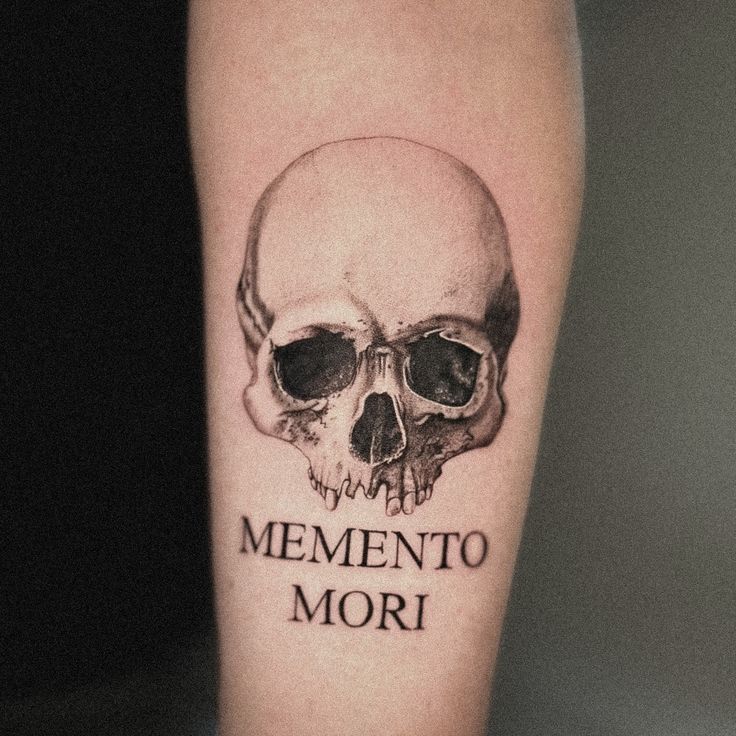
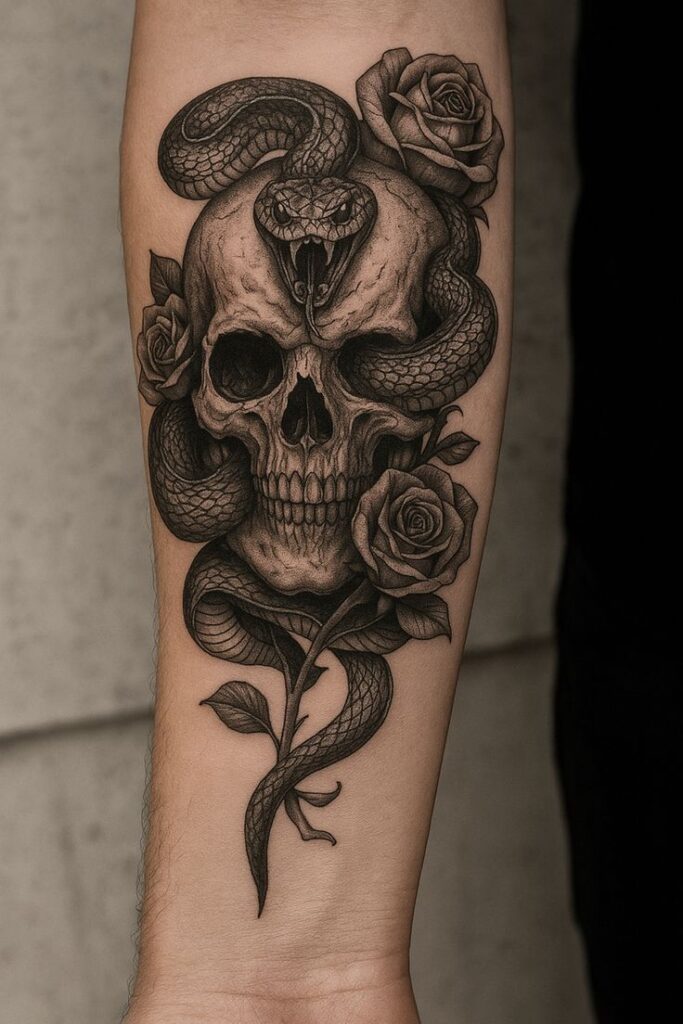
Skulls serve as a “memento mori”—a reminder of mortality and the fleeting nature of life. They can also symbolize rebellion, toughness, or a celebration of life in the face of death. Often adorned with roses or other symbols, they acknowledge the dark without being entirely morbid. The grim reaper expands on this, directly representing death, fate, and the ultimate equalizer.
Ships and Lighthouses: Journey and Guidance
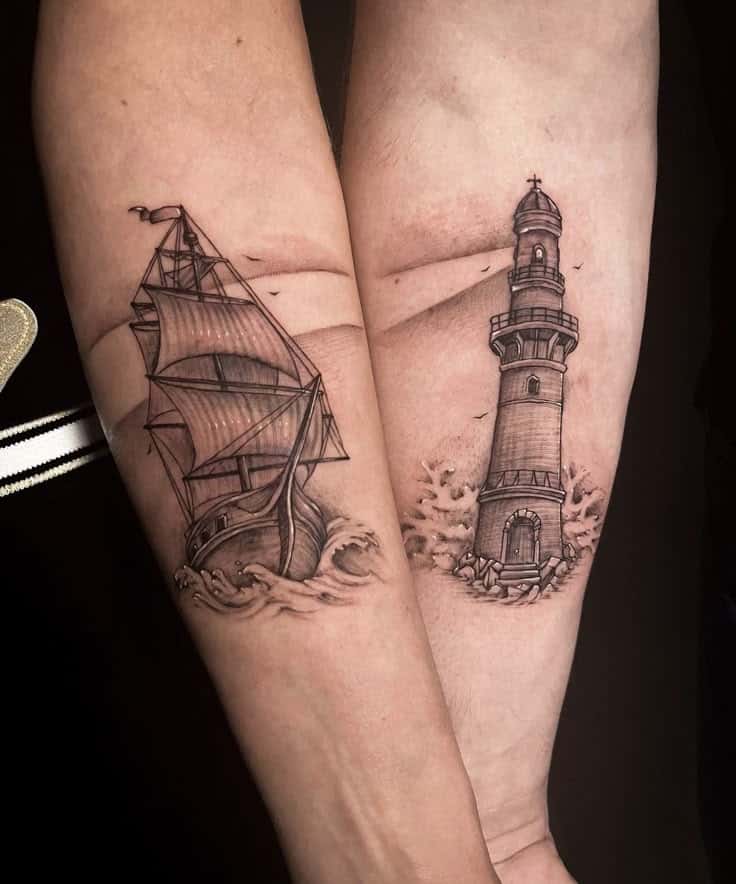

A ship at sea often signifies a journey, adventure, and perseverance through life’s challenges. When paired with turbulent waters, it highlights resilience. A lighthouse is a beacon of hope, guidance, and safety, representing a safe harbor or a guiding light in dark times.
These motifs, and many others like sharks, anchors, dice, swallows, and chains, form the visual vocabulary of American traditional tattooing. They are simple yet profound, speaking to universal human experiences and connecting wearers to a lineage of bold, meaningful art.
The Enduring Allure: Why Old School Never Gets Old
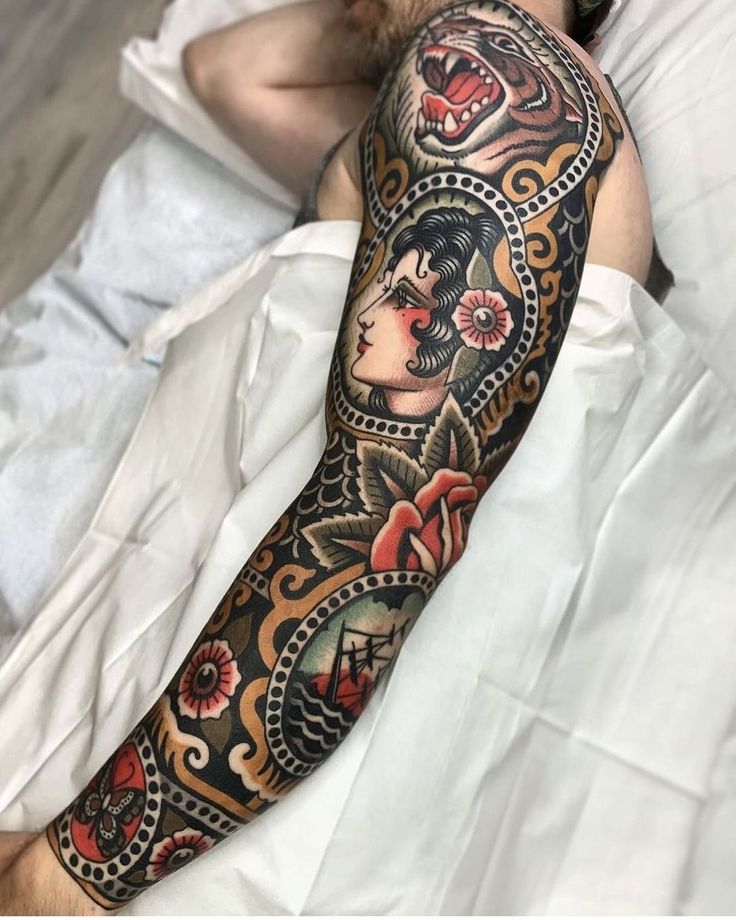

In a world constantly chasing the next big trend, the steadfast popularity of American traditional tattoos might seem counterintuitive. Yet, their appeal has not only endured but continues to thrive, drawing new generations to their timeless charm. Why do these bold, graphic designs continue to resonate so deeply?
One major factor is their simplicity and clarity. In an age of intricate, hyper-realistic, or abstract tattoos that can sometimes look blurry or lose detail over time, traditional designs stand out with their strong, clear lines and vibrant, saturated colors. They are designed to be legible and impactful from a distance, and this directness is incredibly refreshing. There’s no ambiguity; the message is clear, the image is iconic.
This clarity also contributes to their remarkable longevity. As we discussed, the thick black outlines and dense color packing weren’t just aesthetic choices; they were practical ones. Traditional tattoos age incredibly well. While all tattoos will fade somewhat over decades, a properly executed traditional piece will retain its form, readability, and much of its original vibrancy far longer than many other styles. They are built to last, making them a wise investment for someone seeking permanent body art. This contrasts with more delicate styles which might require more frequent touch-ups.
There’s also a powerful element of nostalgia and heritage. For many, getting an American traditional tattoo is a way to connect with a rich history of rebels, sailors, and working-class heroes. It’s a nod to the roots of tattooing itself, a form of homage to the artists and wearers who paved the way. It carries a sense of authenticity and an anti-establishment coolness that remains eternally attractive. It’s like wearing a vintage band t-shirt—it tells a story and links you to a legacy.
Furthermore, traditional designs possess a universal appeal due to their archetypal imagery. Love, loss, freedom, strength, hope—these are themes that transcend time and culture. An eagle, a heart, or a rose holds meaning for almost everyone, making the tattoos deeply personal yet universally understood. They often serve as personal affirmations or reminders of core values.
Finally, the boldness and confidence inherent in the style itself are a draw. American traditional tattoos aren’t subtle. They are meant to be seen, to make a statement. For those who want their body art to be a definitive part of their identity, something that truly stands out, this style delivers with unapologetic conviction. They are pieces of art that refuse to be ignored, exuding a quiet confidence that is incredibly appealing.
Taking the Plunge: Getting Your Own American Traditional Tattoo
So, you’re enchanted by the bold lines and classic imagery and thinking about getting your own piece of American traditional art? That’s awesome! Here’s a rundown of what to consider to ensure you get a tattoo you’ll love for decades.
Finding the Right Artist
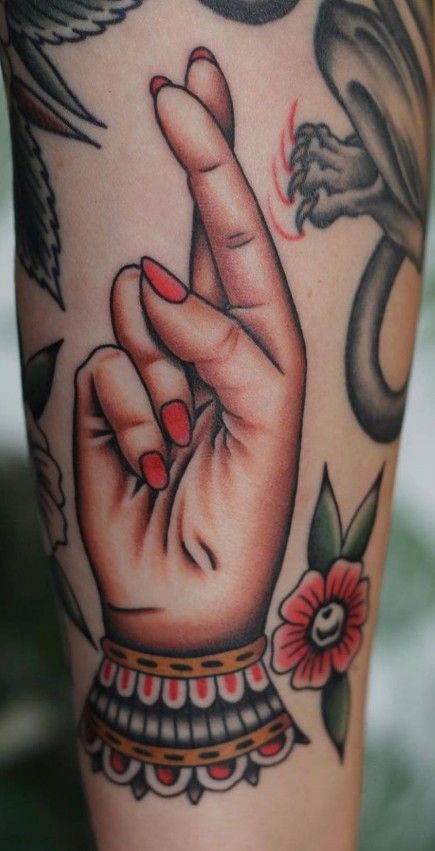
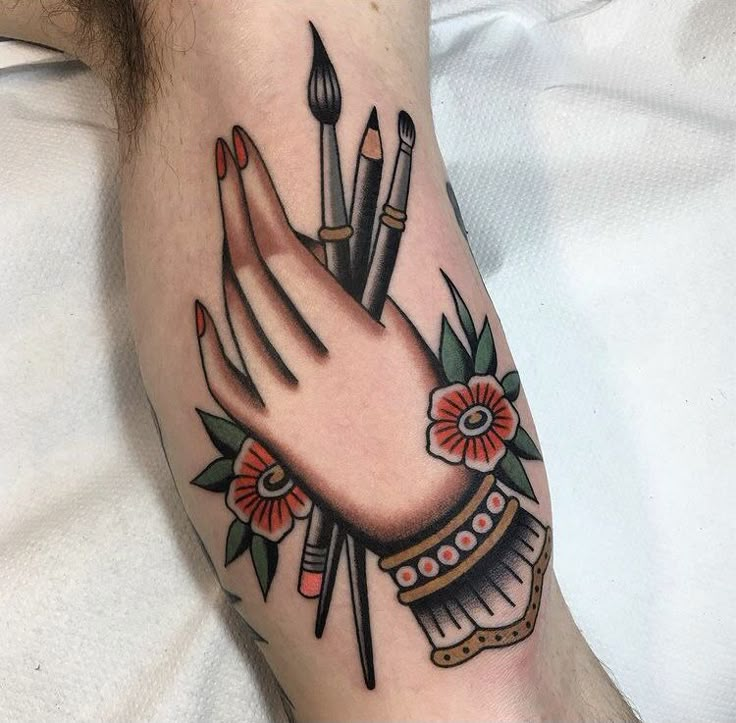
This is paramount. While many tattoo artists can do a traditional design, look for someone who specializes in the style. A dedicated traditional artist will understand the nuances of thick outlines, proper color packing, and classic design principles.
- Check Portfolios: Scour their online portfolios, Instagram, and even visit shops to see their work in person. Look for consistency in line weight, solid color saturation, and clean execution.
- Reputation Matters: Ask for recommendations, read reviews, and get a feel for the artist’s reputation.
- Consultation is Key: Schedule a consultation. Discuss your ideas, ask about their process, and ensure you feel comfortable and confident in their abilities. A good artist will offer suggestions and ensure your vision aligns with the traditional style.
Design Considerations
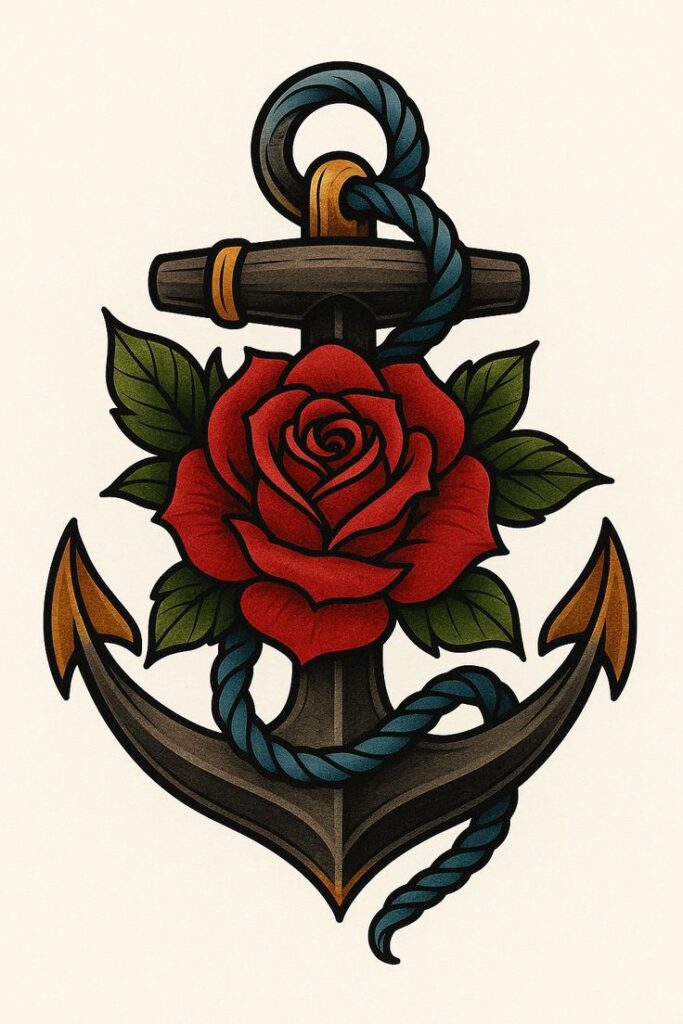
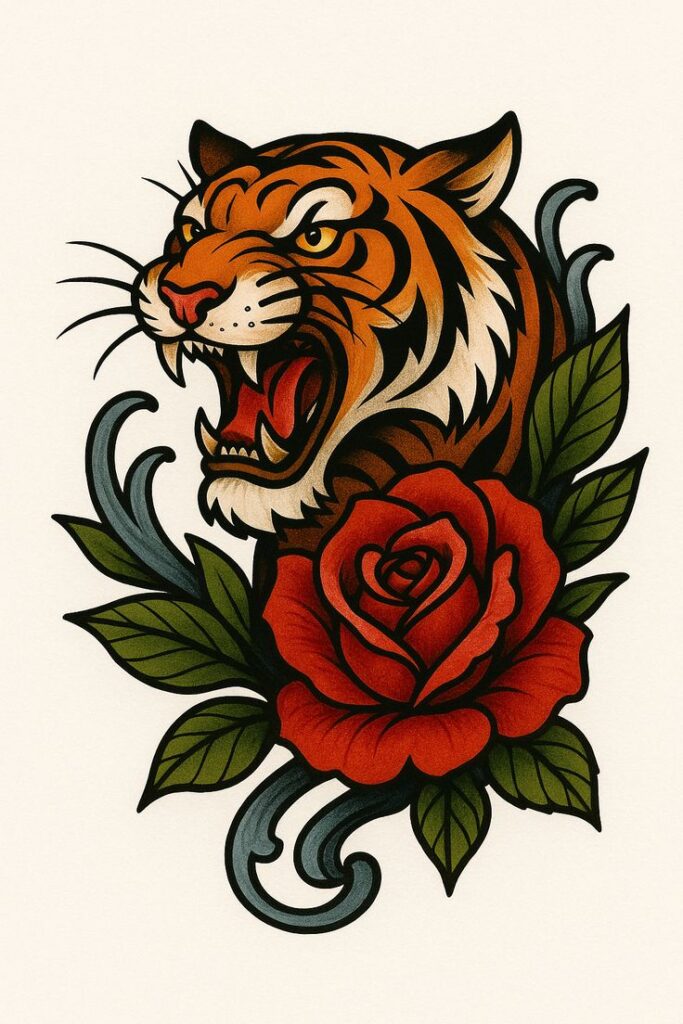
While the flash sheet model is iconic, most artists today are happy to create custom designs within the traditional framework.
- Classic Motifs: Decide which classic motifs resonate with you. Do you want an eagle, an anchor, a rose, or a pin-up? Think about the symbolism that speaks to your personal story.
- Placement: Consider where the tattoo will live on your body. Traditional tattoos look fantastic on larger, flatter areas like the chest, back, arms, or legs. A chest tattoo is a classic spot for larger, impactful traditional pieces. These placements allow the design to breathe and the bold lines to shine.
- Size: Traditional designs often benefit from being a decent size. This allows the detail to hold up over time and for the thick lines to be properly applied. Don’t go too small, as it can compromise the legibility and longevity of the design.
- Color Palette: Remember the limited color palette. Discuss with your artist how they will apply these colors to achieve the desired vibrant, punchy effect.
The Tattooing Process
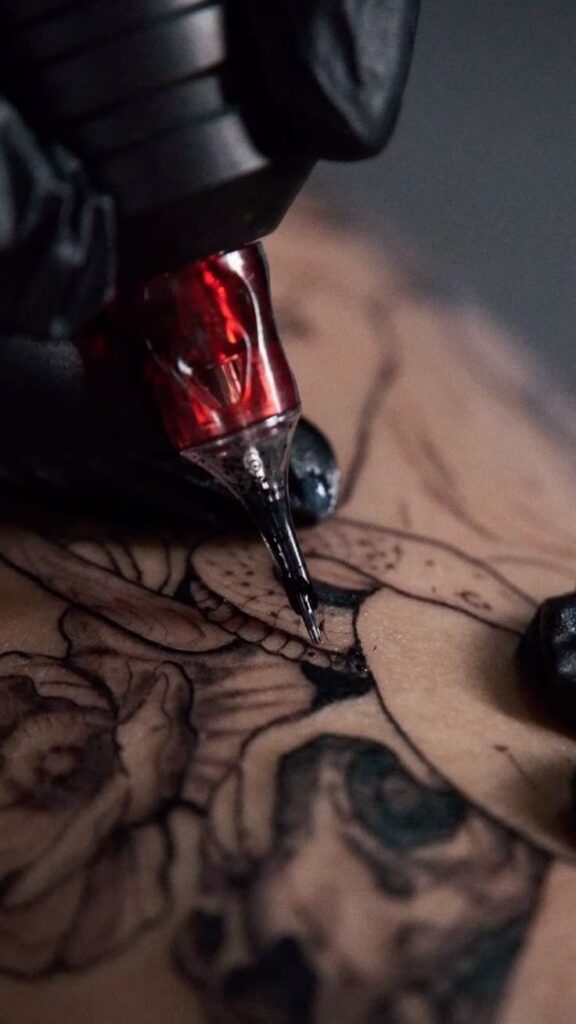

The actual tattooing process for traditional pieces isn’t vastly different from other styles, but a skilled artist will focus on:
- Clean, Consistent Lines: This is the backbone of the style. Expect careful, deliberate outlining.
- Solid Color Packing: Traditional tattoos are known for their dense, saturated color. This means the artist will spend time ensuring the ink is packed in evenly and completely.
- Minimal Shading: Shading will be simple, usually “whip shading” or stippling, used to create depth without sacrificing the flat, graphic look.
Aftercare is Crucial
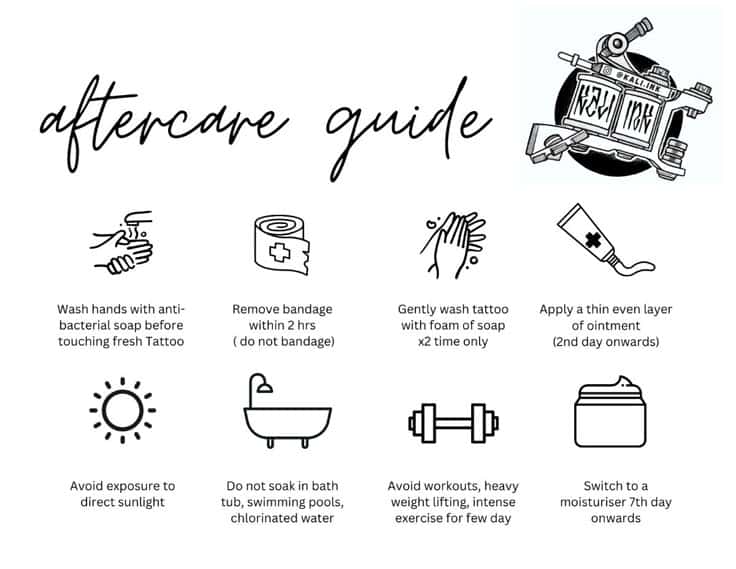
Proper aftercare is essential for any tattoo, but particularly for a style designed for longevity.
- Keep it Clean: Follow your artist’s instructions for washing and moisturizing.
- Avoid Sun Exposure: UV rays are the enemy of tattoo longevity. Keep your new tattoo out of direct sunlight and use high-SPF sunscreen once it’s healed.
- Moisturize: Keep the area hydrated to promote healing and keep the skin healthy.
By doing your homework and working with a talented artist, you’ll end up with a stunning piece of American traditional art that will bring you joy for years to come.
Modern Twists on an Old Classic: Neo-Traditional and Beyond
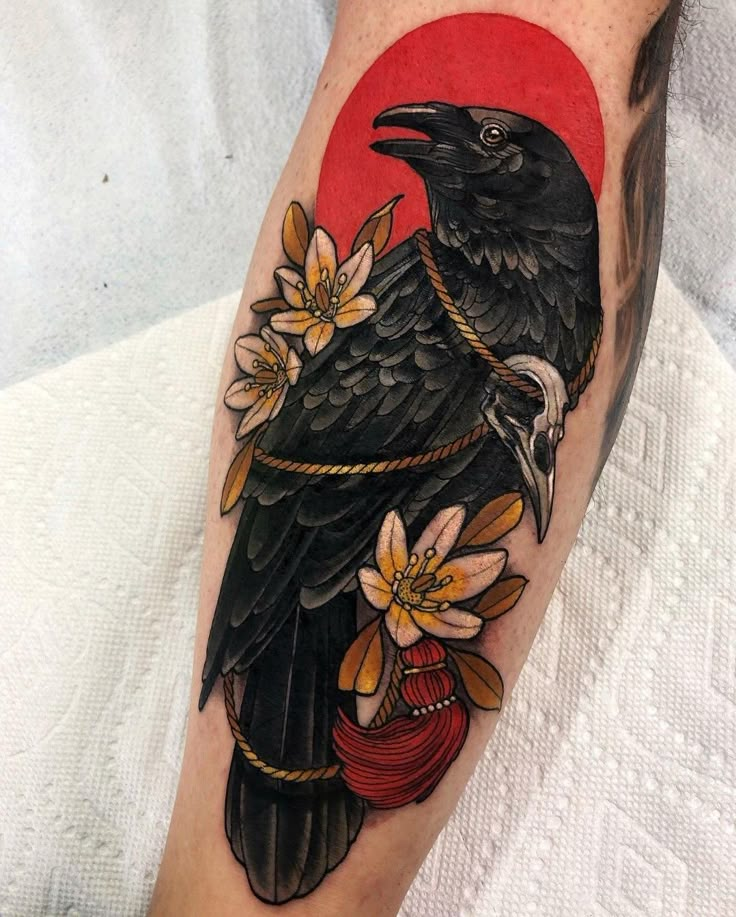
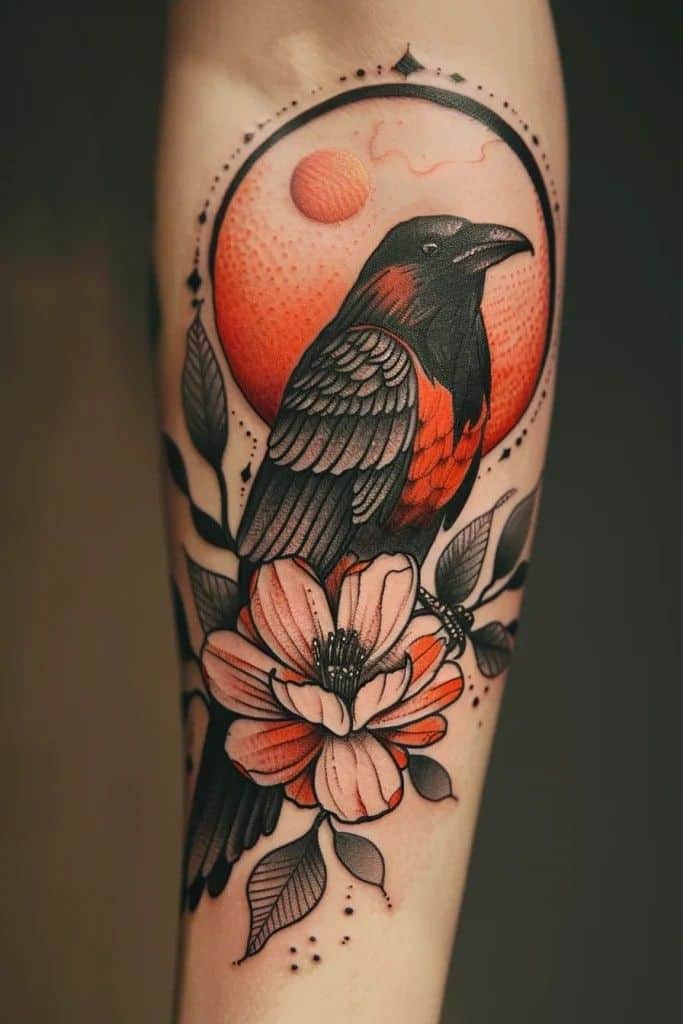
While the core principles of American traditional tattooing remain sacred, art, like everything else, evolves. The past few decades have seen a fascinating evolution, giving rise to styles that pay homage to the classic while injecting fresh perspectives. The most prominent of these is “Neo-Traditional.”
Neo-traditional tattooing takes the bold outlines and solid color packing of traditional art and blends it with a more refined approach to detail, shading, and an expanded color palette. Imagine a traditional eagle, but with more nuanced feather textures, a wider range of blues and greens, and perhaps even some subtle background elements that add depth.
- Expanded Color Palette: Neo-traditional artists often move beyond the classic red, yellow, green, and blue, incorporating a broader spectrum of hues and gradients. This allows for more realistic light and shadow.
- Greater Detail and Depth: While still maintaining a strong graphic quality, neo-traditional designs often feature more intricate details in scales, fur, or floral elements. They use more complex shading techniques to create a greater sense of three-dimensionality and form.
- Varied Imagery: While still drawing inspiration from traditional motifs, neo-traditional expands the range of subjects. You’ll see more elaborate portraits, animals, and mythological creatures rendered with that distinct bold-line aesthetic.
- Fluidity in Design: The designs often feel more flowing and organic, adapting more readily to the contours of the body while still retaining that punchy, illustrative feel.
This evolution is a testament to the strength of the traditional foundation. Artists aren’t abandoning the roots; they’re building upon them, using modern tools and techniques to push the aesthetic boundaries while still respecting the core elements that make traditional tattoos so beloved. It’s like a classic car getting a modern engine upgrade – same iconic body, but with enhanced performance.
Beyond neo-traditional, some artists also experiment with blackwork traditional, focusing solely on the bold lines and heavy black shading to create dramatic, high-contrast pieces. Others might fuse traditional elements with fine line work or even a touch of realism, demonstrating the incredible versatility and adaptability of the “old school” style. These contemporary interpretations ensure that American traditional tattooing remains vibrant, relevant, and continually inspires new forms of artistic expression. They prove that a truly classic style can always find new ways to surprise and delight.
Keeping it Classic: Longevity and Care for Your Traditional Tattoo
You’ve invested in a piece of timeless art; now let’s make sure it lives up to its promise of longevity. American traditional tattoos are renowned for aging gracefully, but even the toughest designs benefit from a little TLC. Here’s how to keep your old-school masterpiece looking fresh for decades to come.
Sun Protection is Your Best Friend

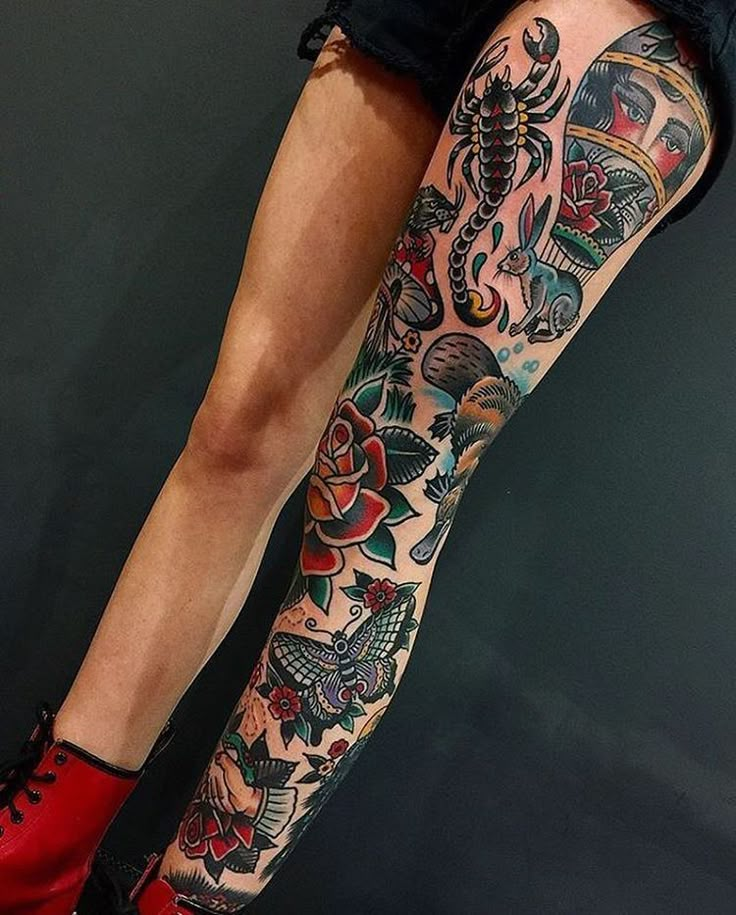
This cannot be stressed enough: UV radiation is the number one enemy of tattoo longevity, especially for color.
- SPF All Year Round: Once your tattoo is fully healed (typically 2-4 weeks), make sunscreen your daily ritual, even on cloudy days. Choose a broad-spectrum sunscreen with an SPF of 30 or higher and reapply regularly, especially if you’re swimming or sweating.
- Cover Up: For extended sun exposure, consider wearing clothing that covers your tattooed areas. Rash guards, long sleeves, and hats are excellent allies.
Moisturize Regularly

Healthy skin equals healthy tattoos.
- Hydrate: Daily moisturizing helps keep your skin supple and vibrant, which in turn keeps your tattoo looking crisp. Use a non-scented, hypoallergenic lotion or balm.
- Avoid Over-Moisturizing: While healing, stick to thin layers. Once healed, find a balance that keeps your skin hydrated without feeling greasy.
Stay Hydrated and Live Healthy
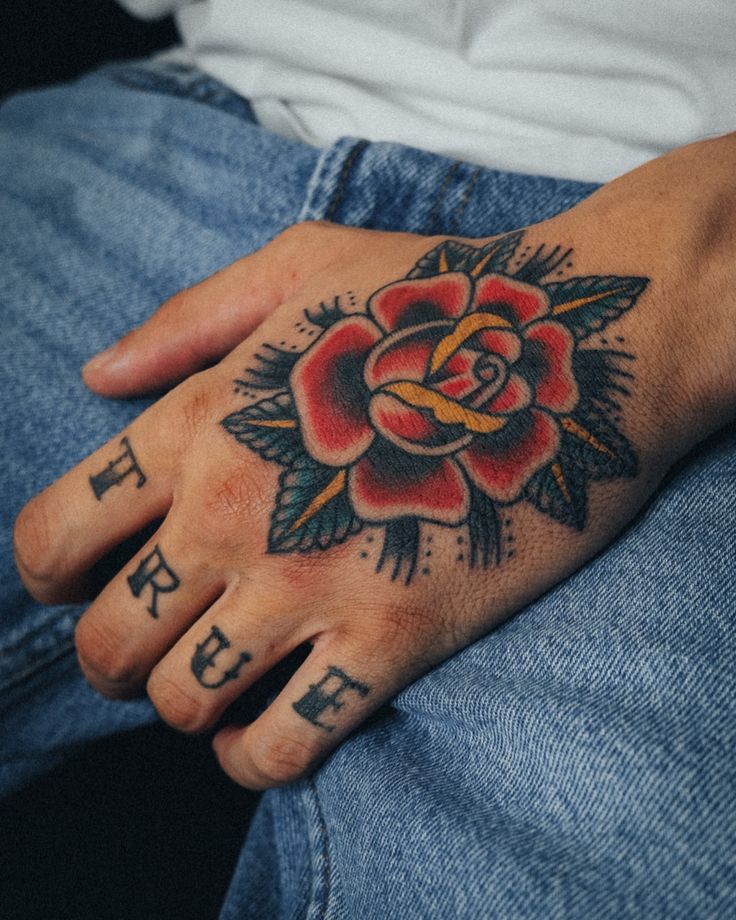
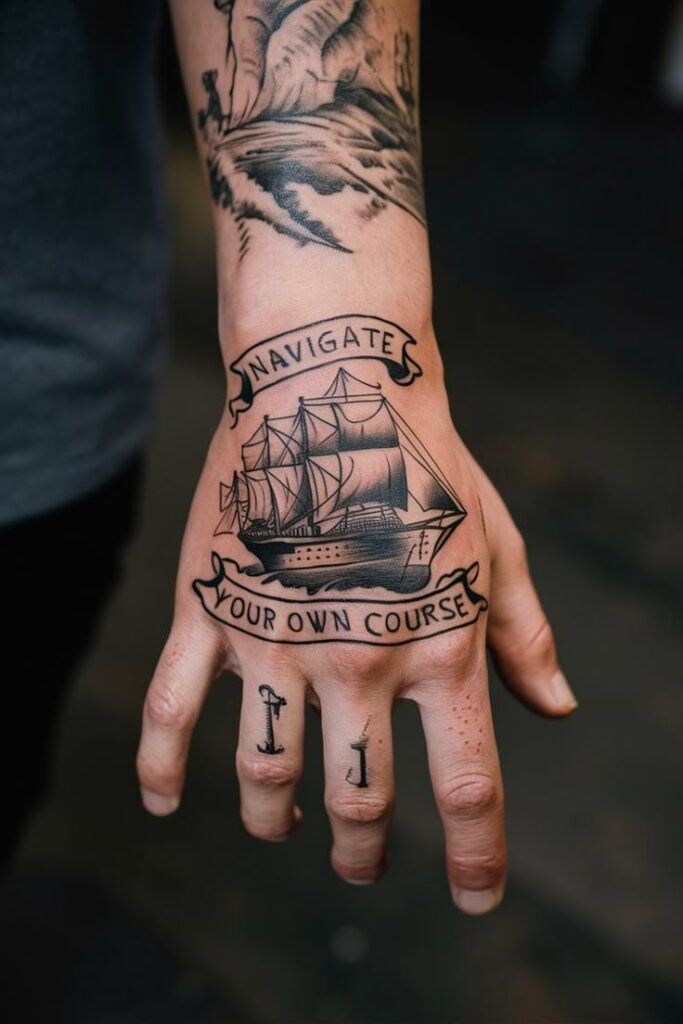
Your tattoo is on your skin, and your skin is a reflection of your overall health.
- Drink Water: Staying well-hydrated from the inside out contributes to healthy, elastic skin.
- Balanced Diet: A diet rich in vitamins and antioxidants supports skin health and can help maintain tattoo vibrancy.
- Avoid Excessive Weight Fluctuations: Significant changes in weight can stretch or distort tattoos, especially in areas prone to change.
Touch-Ups Aren’t a Failure


Even the best traditional tattoos might need a touch-up down the line, especially in areas of high friction or frequent sun exposure.
- Consult Your Artist: If you notice any fading, blurring, or dullness, speak to your original artist or a reputable traditional tattoo artist. They can refresh outlines and re-saturate colors, making your tattoo look brand new again.
- Expect Natural Aging: Understand that some softening of lines and colors over many decades is natural. The goal is graceful aging, not eternal newness.
Choose Your Artist Wisely (Again!)
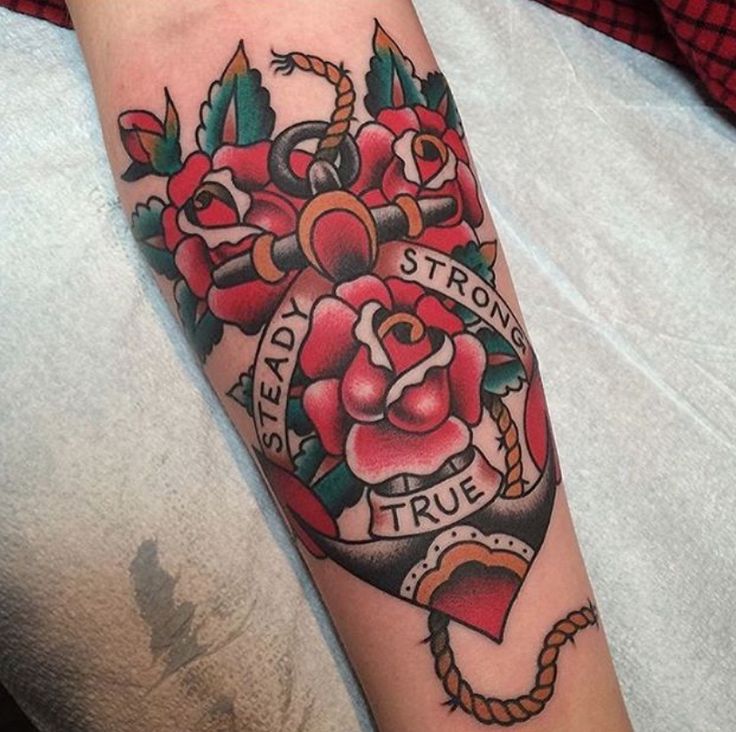
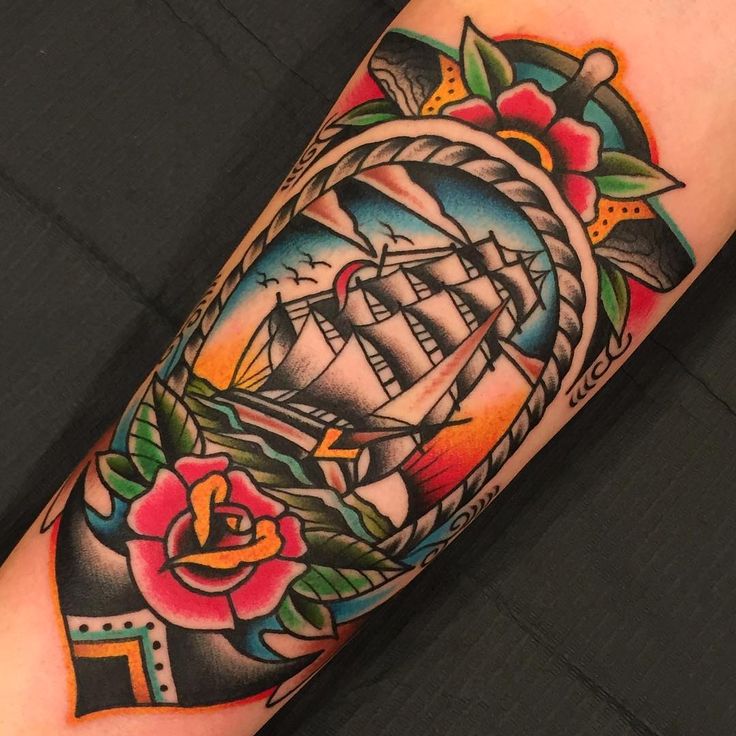
The initial quality of the tattoo plays a massive role in its longevity. A tattoo done by a skilled artist who uses quality inks, proper needle depth, and excellent color packing techniques will inherently stand the test of time better. This circles back to our earlier point about doing your research and choosing a specialist.
By integrating these simple care practices into your routine, you’re not just preserving ink; you’re preserving a piece of art that tells your story and connects you to a rich, enduring tradition. Your American traditional tattoo is a legacy, and with proper care, it will continue to shine brightly for a lifetime.
The Canvas of Self: Why American Traditional Tattoos Resonate

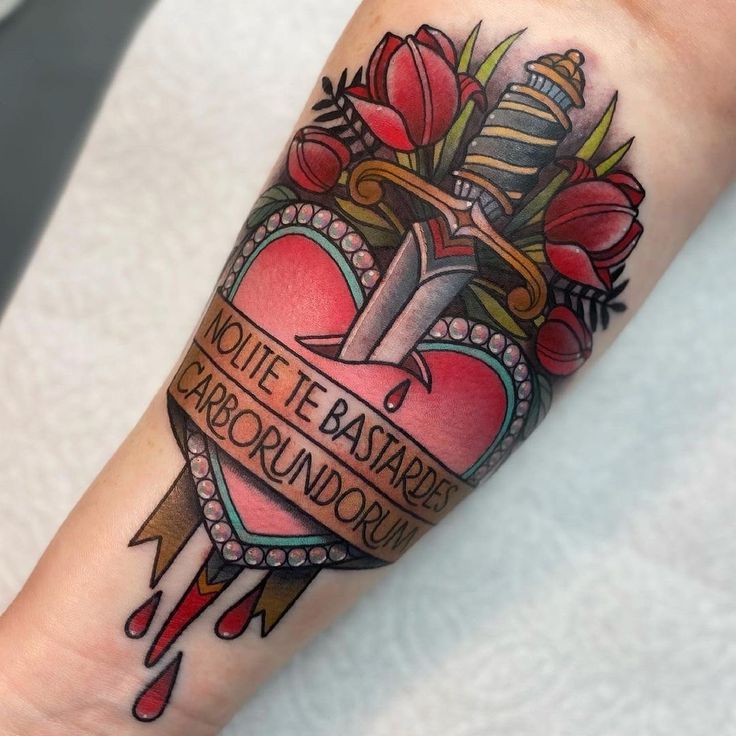
From the bustling docks of the early 20th century to the sophisticated parlors of today, American traditional tattoos have journeyed through time, adapting and enduring. They are more than just ink and needles; they are a profound cultural touchstone, a canvas of personal narrative, and a testament to the enduring power of simple, bold artistry.
We’ve delved into their fascinating origins, exploring how sailors and soldiers imbued these designs with deep personal meanings, forging a visual language that spoke of adventure, resilience, and patriotism. We’ve dissected the signature style, celebrating the robust black outlines, the vibrant yet limited color palette, and the unapologetically two-dimensional aesthetic that makes these tattoos instantly recognizable and incredibly long-lasting. And we’ve unpacked the rich symbolism behind iconic motifs like eagles, anchors, hearts, and pin-up girls, each telling a story of love, loss, loyalty, or liberation.
The enduring appeal of American traditional tattoos lies in their timelessness. They cut through the noise of fleeting trends, offering a clarity and confidence that few other styles can match. They age gracefully, telling a story not just in their imagery but in their very presence on the skin over decades. Whether you choose a classic design or a neo-traditional interpretation, you’re not just getting a tattoo; you’re becoming part of a living legacy, carrying forward a piece of art that embodies courage, individuality, and a profound connection to history.
So, if you’re contemplating a tattoo that will stand the test of time, tell a clear story, and exude an unmistakable cool, look no further than the bold and timeless charm of American traditional tattoos. It’s a choice that truly never goes out of style. Ready to find your perfect design and join the ranks of those who wear history on their skin? Find a reputable artist, explore the rich imagery, and prepare to carry a piece of enduring art with pride.
- 23shares
- Facebook0
- Pinterest23
- Twitter0

